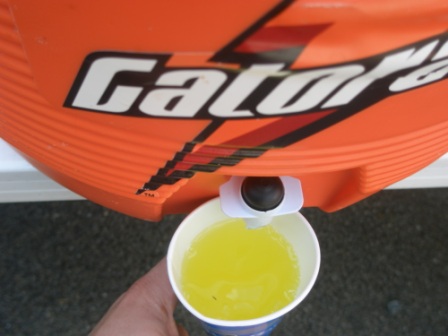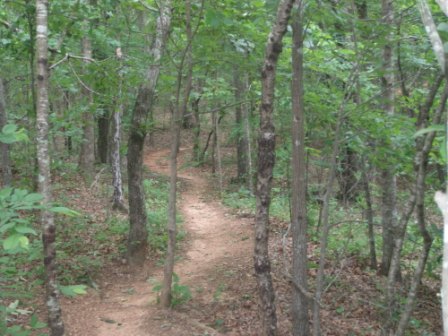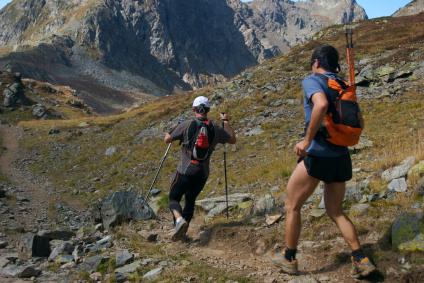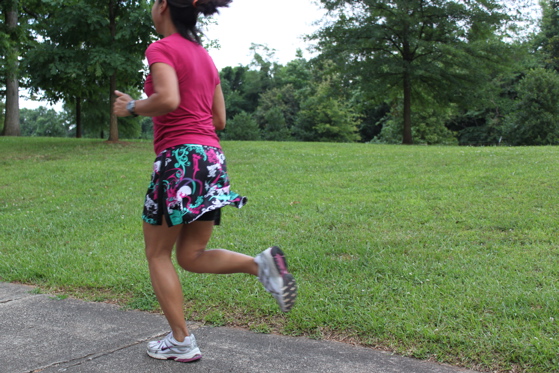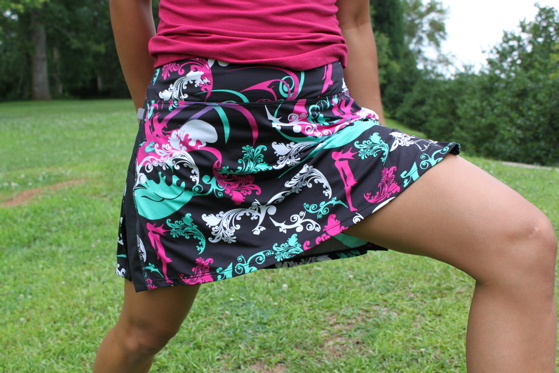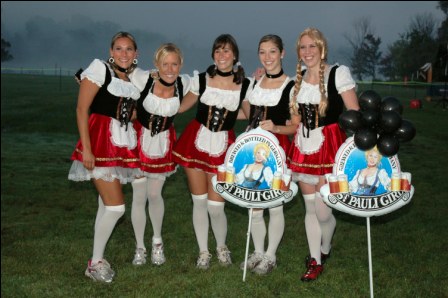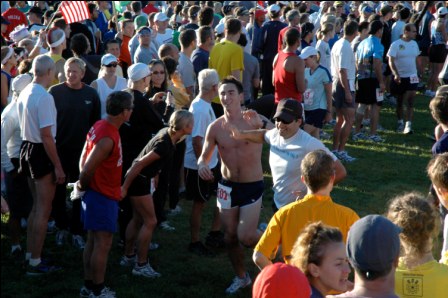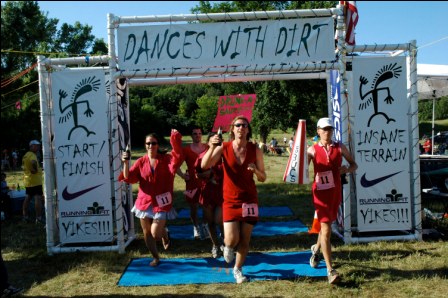Why Soccer Players are good Distance Runners
Thursday, June 24th, 2010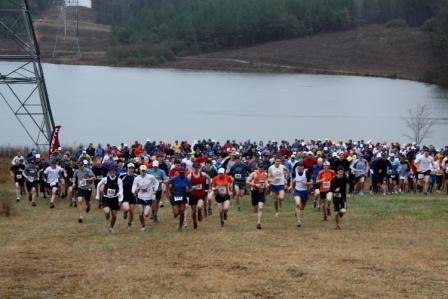 When I ran cross-country in High School the best runner on the team was always a soccer player. I went to High School in the South where soccer season is a Fall sport, just like cross-country, so most soccer players never even tried running cross-country. Even with this barrier, our best runner was always a former soccer player which got me thinking, ‘Why are soccer players such great runners?’ One of which, Ian Dickinson, ran cross-country for the first time his sophomore year and then won the State Championship his junior and senior seasons! He went on to run in college at the University of Georgia and has had a lot of success in running.
When I ran cross-country in High School the best runner on the team was always a soccer player. I went to High School in the South where soccer season is a Fall sport, just like cross-country, so most soccer players never even tried running cross-country. Even with this barrier, our best runner was always a former soccer player which got me thinking, ‘Why are soccer players such great runners?’ One of which, Ian Dickinson, ran cross-country for the first time his sophomore year and then won the State Championship his junior and senior seasons! He went on to run in college at the University of Georgia and has had a lot of success in running.
So was it soccer that made Ian so fast? A study done in 1970 tracked one soccer player during a game and showed he ran for a total of 8,800 meters, or 5.5 miles. They observed the player moving at five different speeds: walking, jogging, cruising, sprinting, and backing. 2/3 of the distances covered were at low intensities and 800 meters was at fast speed utilizing 10-40 meter bursts. Today it is thought that soccer players run about 10,000 meters a game, or 6.2 miles. Midfielders were found to run the most, central strikers and defenders the least…and the goalie. With training runs of 10 miles or more for cross-country running, their soccer games can’t be the reason for their superior running ability.
An aerobic base for core stamina is important for soccer players to posses. They should be able to run 10-15 kilometers straight to be in decent soccer playing shape. Some soccer players run fartleks (sprinting, jogging, then repeat) to condition for the constant burst of speed required for soccer, but that may not necessarily be the best training plan for them. Stamina is the key to being a successful soccer player. Stamina is what is needed to continue to burst for 90 minutes straight, and the burst themselves are not as important.
Perhaps that is why soccer players are good cross-country runners, because they need to have stamina to compete. The soccer players that transitioned to my cross-country team did not make the soccer team, so they became cross-country runners. Perhaps they were staying competitive in soccer because of their superior stamina and not necissarily their soccer skills. Whatever the reason, they were happy they made the transistion and enjoyed a lot of success in cross-country. Hopefully more states will host soccer in the spring so these players can test their stamina skills in cross-country, leading to more dominate Trail Runners later.
Then the US would dominate the world in Trail Running like we do in Soccer! Go USA Soccer in the World Cup! It might be a long tournament, but we’ve got stamina on our side!


